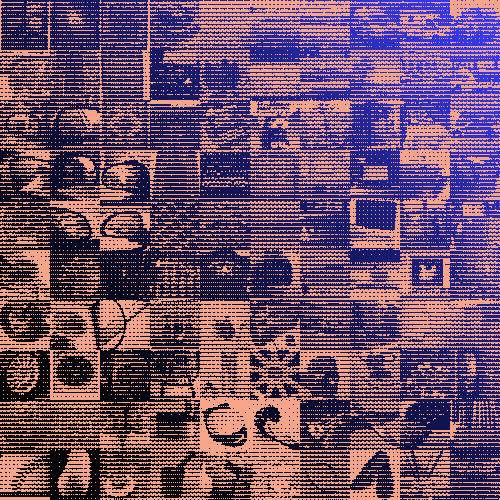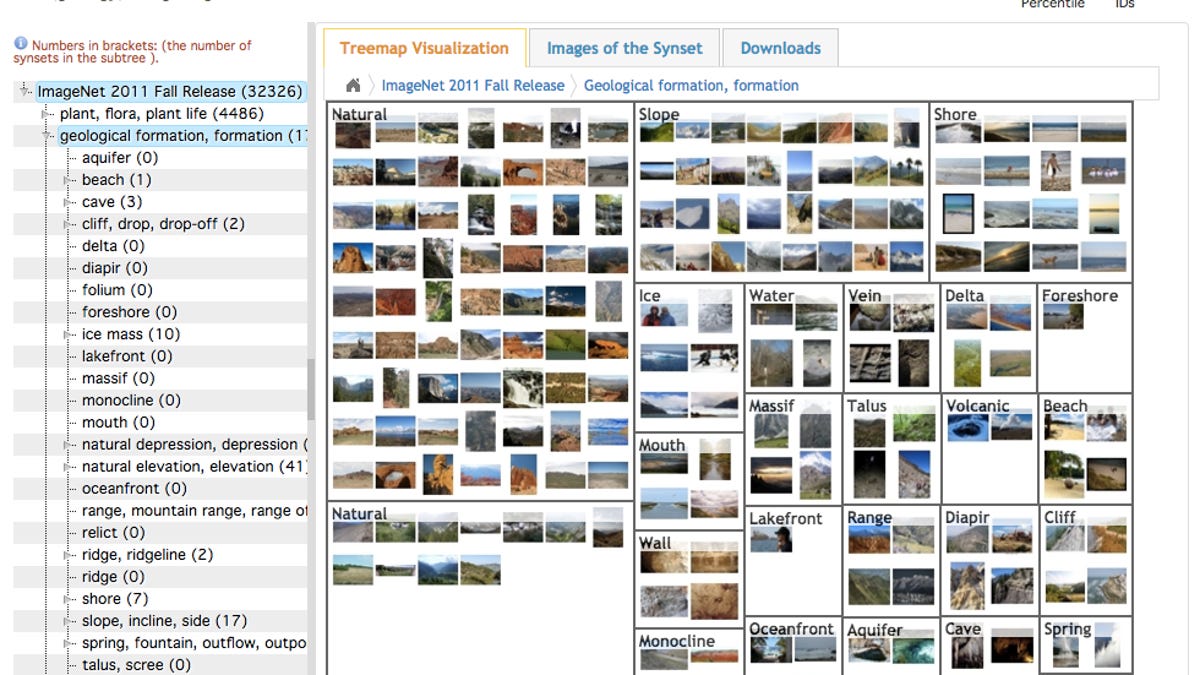What is Spatial AI? The Next Frontier of AI Architecture
Spatial AI is emerging as the next major frontier in artificial intelligence, focused on understanding and interacting with the real world. This exciting technology is set to revolutionize how AI systems perceive and engage with their surroundings.
Insights from Fei Fei Li
Fei Fei Li, a pioneering figure in the field of AI renowned for creating ImageNet, is at the forefront of advancements in spatial AI. In a recent interview with a16z, she discussed how spatial AI expands on her work in visual intelligence, pushing the boundaries of AI capabilities.

The Significance of Spatial AI
Spatial AI represents a significant shift in AI architecture, moving beyond traditional language models to incorporate visual perception. By integrating visual understanding into AI systems, spatial AI enables machines to interpret and interact with the world in a manner akin to human perception.
Implications for Productivity and Creativity
The adoption of spatial AI stands to enhance productivity by empowering AI systems to navigate and respond to real-world environments effectively. For creative industries such as architecture, robotics, and game development, spatial AI offers new tools and capabilities that can streamline design processes and drive innovation.

Impact on Traditional Industries and Jobs
Various sectors, including logistics, manufacturing, autonomous driving, healthcare, and smart home technology, are poised to undergo significant transformations with the integration of spatial AI. Jobs that rely on spatial reasoning or real-world interaction may experience shifts as machines become more adept at navigating physical spaces autonomously.
Preparing for the Future
To stay ahead in the era of spatial AI, individuals are encouraged to familiarize themselves with spatial computing concepts and incorporate AI tools into their workflows. Upskilling in areas such as robotics, 3D modeling, and augmented reality can enhance adaptability and readiness for the evolving landscape of AI technology.




















